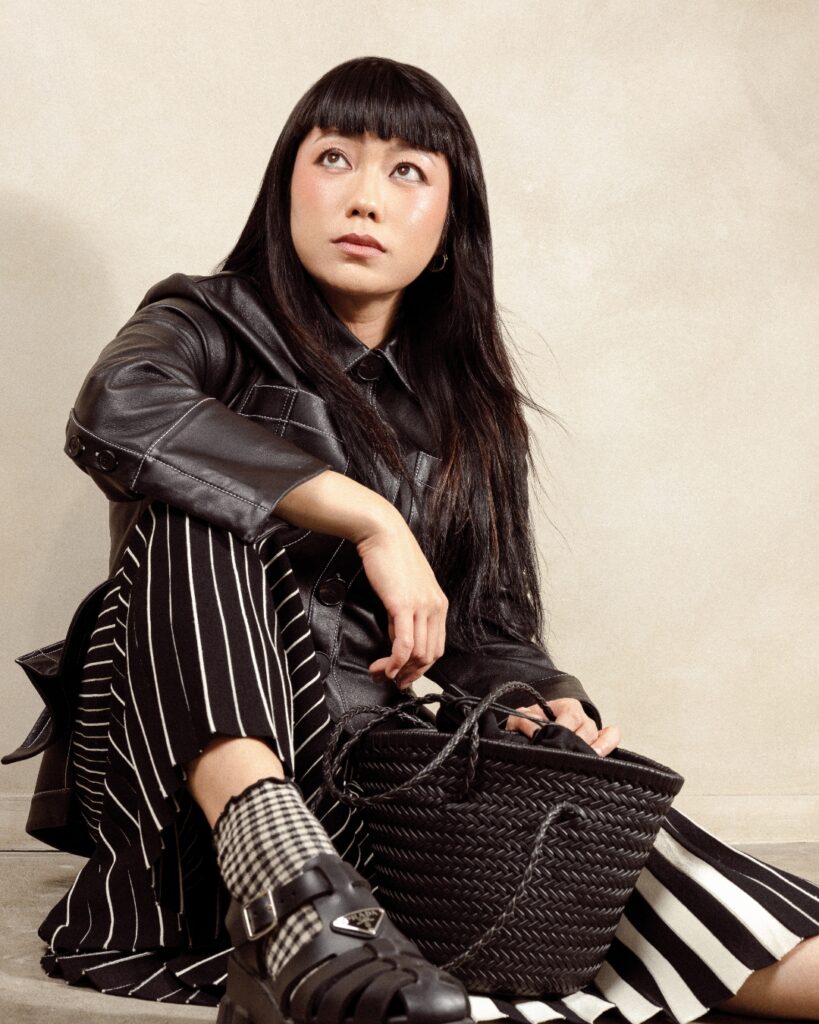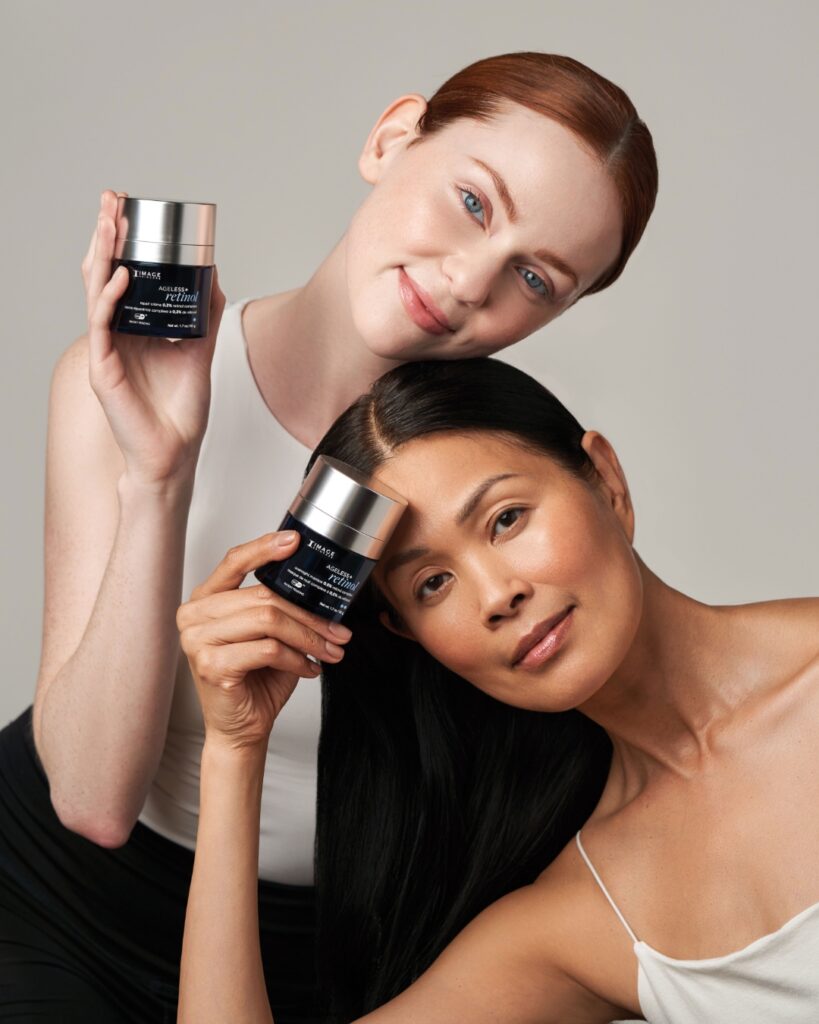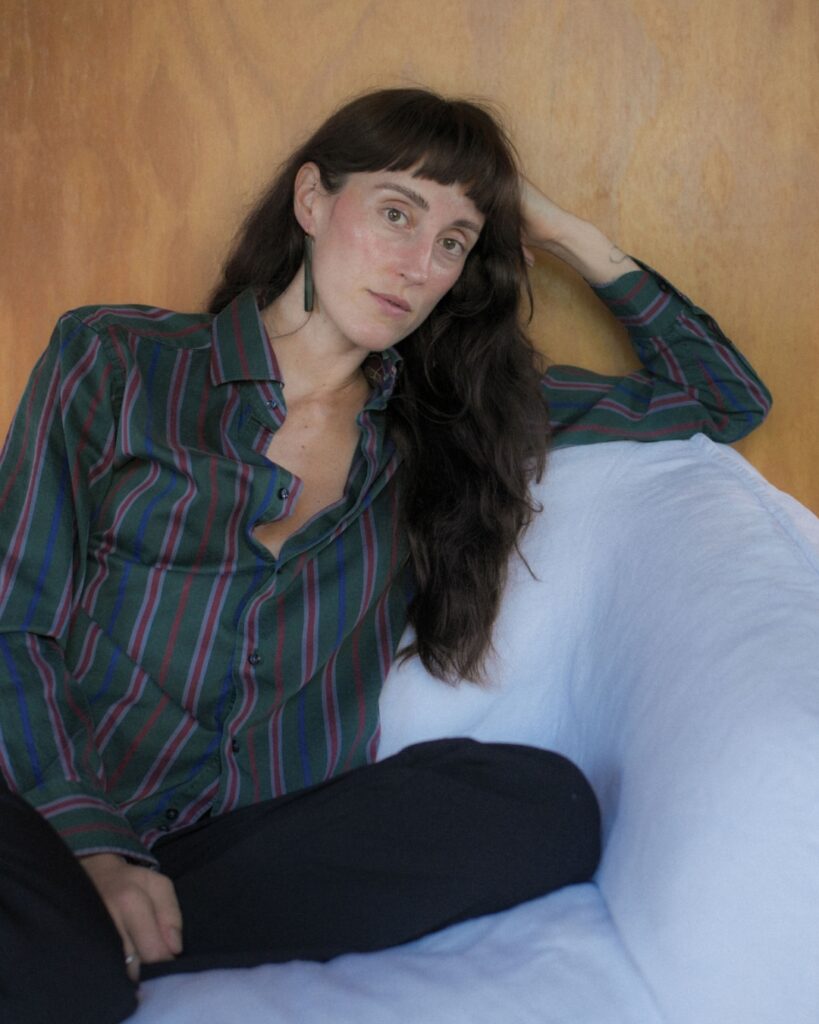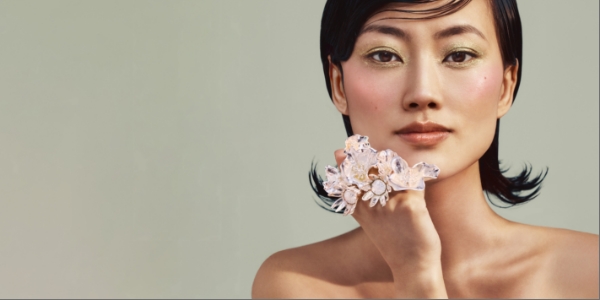With its star-studded fashion show, Victoria’s Secret has been accused of being both out-of-this-world and out-of-touch. But new lingerie brands are offering a fresh take on what sexy means today, finds Jessica-Belle Greer.
Victoria’s Secret is falling from grace in slow-motion. The show that once captivated us with stories about which models will get their Angel ‘wings’ and entranced us mere earthlings with its bejewelled ‘fantasy’ bra, is now making headlines for its controversies as much as its celebrity.
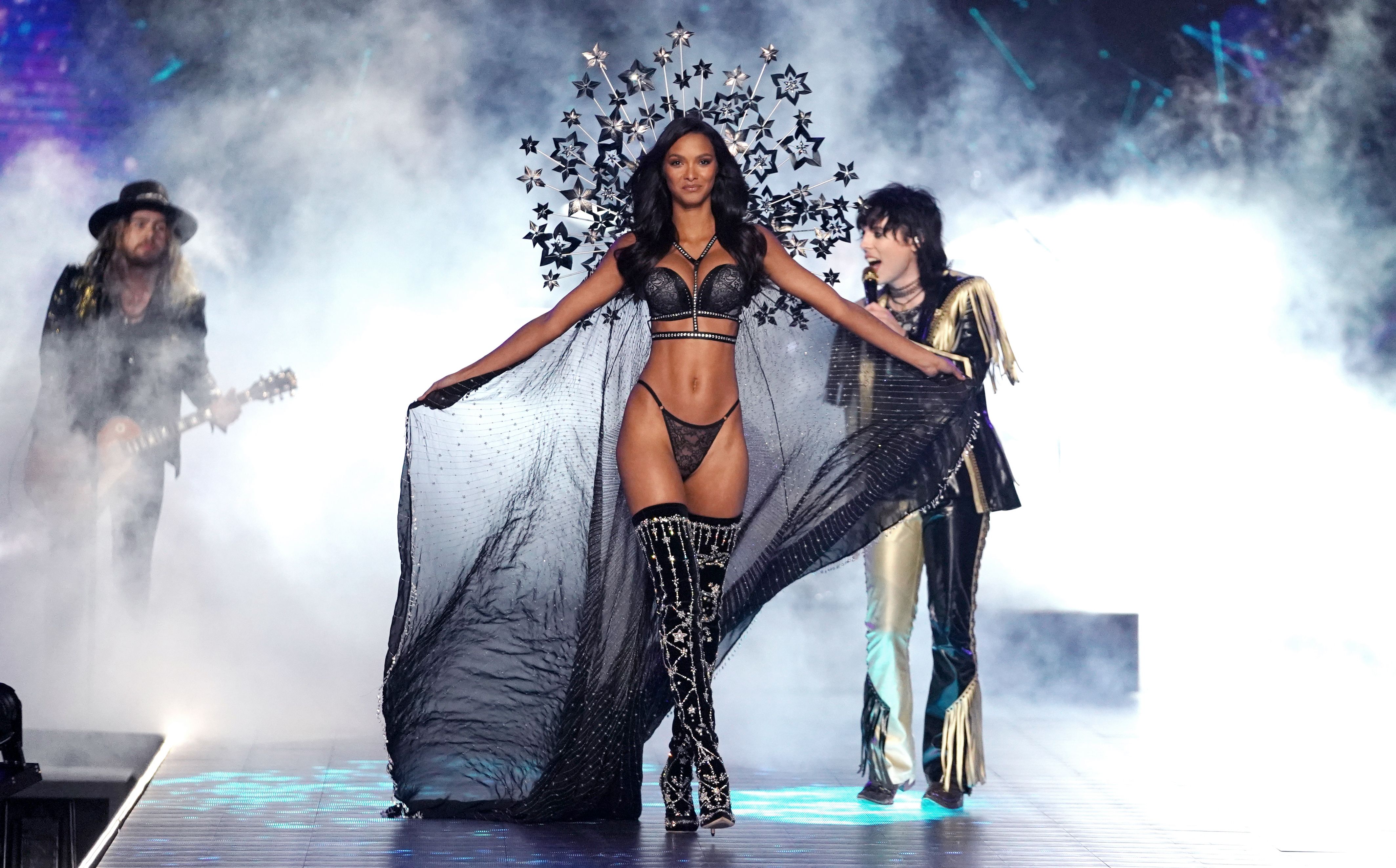
Why doesn’t the brand include a more diverse picture of what ‘sexy’ really looks like? How can a company that deals in the most intimate items a woman can own, lose touch with what they want?
The brand has heard the haters. In an interview on the eve of their 2018 show, parent company L Brands’ chief marketing officer Ed Razek, who is essentially in charge of the show, told Vogue: “Nonsense gets written about us; God Bless, we understand, we’re a big target… we’re enormously successful and have been for a very long time.”
Despite falling sales over each of the past six financial quarters, Victoria’s Secret is still the world’s largest lingerie brand, making up one-fifth of the global $38 billion industry. An undie empire and a bra behemoth, it has banked on the business of sexy since its inception in 1977.
Dreamed up by husband and wife Roy and Gaye Raymond, it took away the embarrassment of purchasing lacy lingerie with welcoming, specialist stores to spice up women’s top drawers, during a very different kind of sexual revolution to what we are experiencing in our #MeToo era.
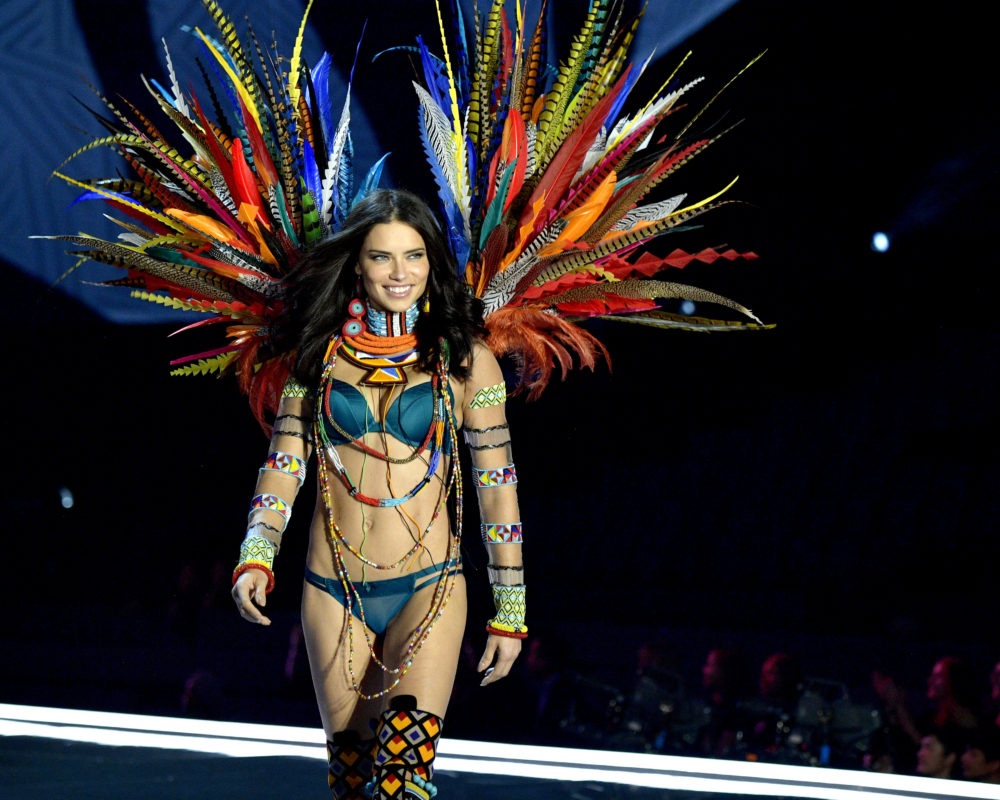
When its world-first lingerie runway show was broadcast to the masses in 1999 (the first was media-only in 1995), it helped make household names of models like Tyra Banks and Adriana Lima, who were at the time considered too ‘curvy’ for traditional fashion runways.
It seems ironic, then, that the brand that put curvy on the map and prides itself for embracing female sexuality is being accused of failing to show the full scope of what a woman can be.
The spectacle is a career-maker for models all over the world, including New Zealanders Georgia Fowler and Maia Cotton, who worked, and worked-out, extremely hard to be one of the chosen 49 for this year’s show. But there is now as much interest in who isn’t cast in the show.
It seems ironic, then, that the brand that put curvy on the map and prides itself for embracing female sexuality is being accused of failing to show the full scope of what a woman can be.
In the same interview with Vogue, Razek quashed suggestions of plus-size models (“We don’t market to the whole world”), and said he would not cast a transgender model “because the show is a fantasy”. He also raised concerns over doing something just because it’s considered politically correct. (He since issued an apology for the comments, before Victoria’s Secret’s CEO Jan Singer resigned suddenly.)
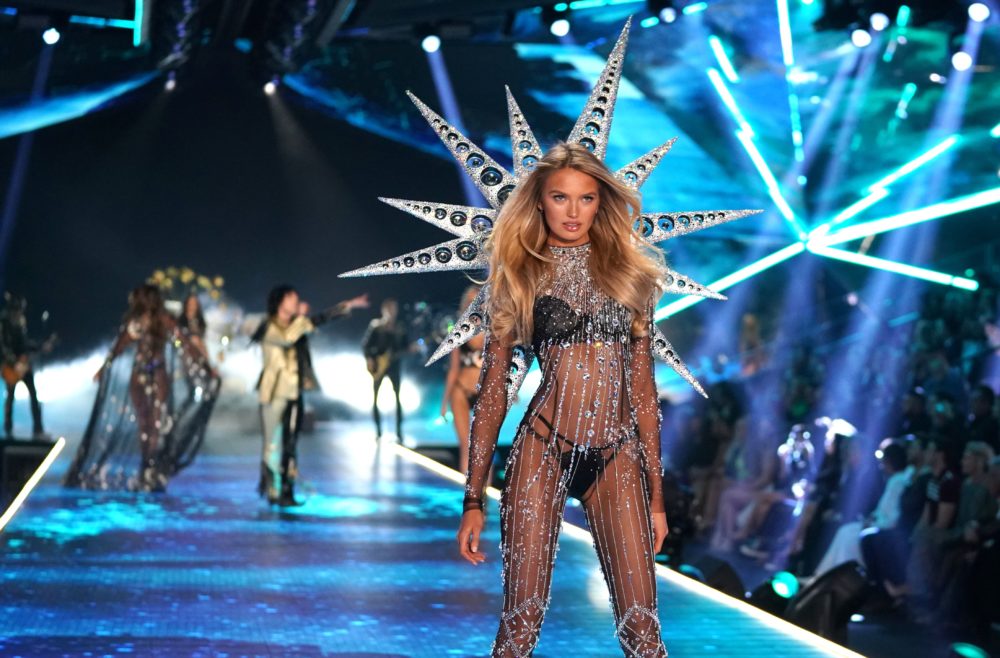
If the company did cast a plus-size or transgender model just to silence social media, that would be problematic. But there’s no denying that the show, which last year was viewed by 1.6 billion and had 220 billion social media impressions, reaches almost anyone with internet access whether they like it or not.
With such a large share of the market, and our screen time, it would be savvy and important for head office to broaden their vision of beauty — at the very least to keep up with changing consumer interests. There are other brands willing to provide the inclusivity and diversity the world deserves to see, like US-brand Aerie and Wellington’s Thunderpants.
Most strikingly, Rihanna’s Savage x Fenty show at New York Fashion Week in September was met with rave reviews. Set in a lush jungle, with contemporary choreography by New Zealand’s Parris Goebel, it was a true spectacle of sexiness for women of all sizes, ethnicities and “energies”, as the singer put it — including pregnant model Slick Woods, who went into labour just after the show.
Backstage, Rihanna told E! News: “In my opinion, women are the strongest people on earth. I mean, our bodies alone are made to do so many different things and they are designed in so many different unique ways. And I think it is about time that we celebrate that.”
Closer to home, Wellington-based Nisa puts inclusivity front and centre, employing women from refugee backgrounds to sew its underwear. “Inclusivity is important for an obvious commercial reason — it helps brands sell more stuff if they can appeal to a wider audience and cater to different body types,” says founder Elisha Watson.
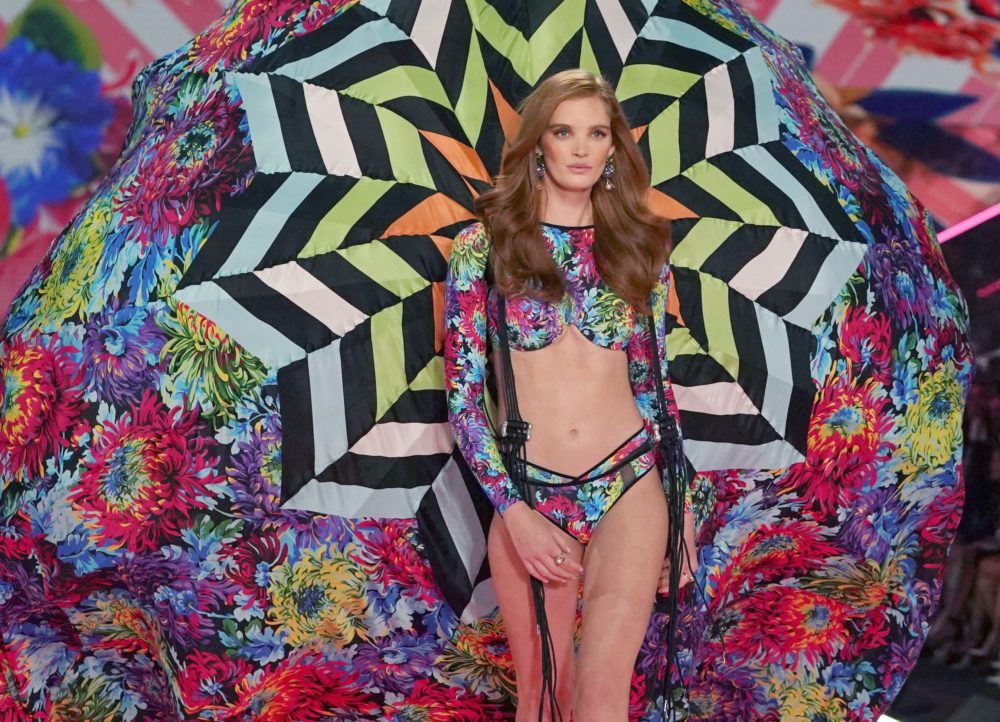
“There is also a moral imperative in there. Brands should want women to feel they can be beautiful and buy beautiful clothes, regardless of skin colour or size” says Watson.
Lonely Lingerie is another local success story, attracting a following with its body-positive imagery. Their ongoing Lonely Girls Project shared on Instagram, features sittings with a range of women. With the bio “For women who wear lingerie as a love letter to themselves”, the designs are made for a social media generation who want to see their gloriously imperfect selves reflected in their brands.
It’s not always the big declarations of love, a televised runway extravaganza with models blowing kisses left, right, and centre, that captures our hearts and wallets. What ‘sexy’ means today is different for everyone — and that’s no secret.


